Introduction
Millet porridge, a humble yet deeply nourishing dish, has been a staple in kitchens across continents for centuries. Revered for its mild, earthy flavor and remarkable versatility, this ancient grain-based porridge has found its way into breakfast bowls, dinner tables, and even gourmet restaurants. Yet, for many home cooks, achieving the perfect texture—creamy yet distinct, neither too thick nor too watery—remains a culinary puzzle. Central to this challenge is understanding the precise cooking time required to transform raw millet into a silken, comforting meal. This article delves into the science and craft of cooking millet porridge, exploring how factors like grain variety, stove type, and desired consistency influence cooking duration. Whether you’re a novice cook or a seasoned chef, this guide will equip you with the knowledge to master millet porridge every time.
The Basics of Millet: A Grain of Many Faces
Before diving into cooking times, it’s essential to grasp the nature of millet itself. Millet is not a single grain but a collective term for several small-seeded grasses, including foxtail millet, proso millet, pearl millet, and finger millet. Each variety has subtle differences in size, starch content, and cooking requirements. For instance, pearl millet, commonly used in African and Indian cuisines, tends to require slightly longer cooking due to its denser structure, while foxtail millet, popular in East Asia, cooks faster and yields a smoother texture.
The first step in any millet porridge recipe is rinsing the grains. This process removes debris and reduces bitterness, ensuring a cleaner flavor. Some cooks also opt to toast millet before cooking, a technique that enhances nutty undertones but adds 5–7 minutes to preparation time. While toasting is optional, it’s a valuable step for those seeking depth of flavor.
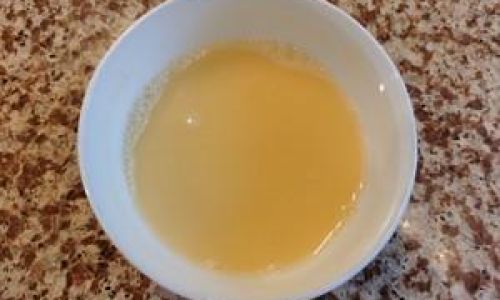
Cooking Methods: Stovetop, Slow Cooker, and Instant Pot
The cooking time for millet porridge varies significantly depending on the method employed. Let’s break down the three most common approaches:
-
Stovetop Cooking
The traditional stovetop method offers the most control over texture but requires vigilance. Begin by combining 1 cup of millet with 2.5–3 cups of water (or broth for added flavor) in a saucepan. Bring the mixture to a rolling boil, then reduce the heat to a simmer. Cover the pot and cook for 15–25 minutes, stirring occasionally to prevent clumping.- 15 minutes: Yields a slightly al dente texture, with grains retaining a distinct shape.
- 20 minutes: The porridge thickens, with grains softening into a cohesive mass.
- 25 minutes: Achieves maximum creaminess, ideal for those who prefer a spoon-coating consistency.
After cooking, let the porridge rest for 5–10 minutes off the heat. This “steaming” period allows residual moisture to redistribute, resulting in a uniform texture.
-
Slow Cooker Approach
For hands-off cooking, a slow cooker is an excellent ally. Combine 1 cup millet with 4 cups liquid (to account for slower evaporation) and cook on low for 4–6 hours or high for 2–3 hours. The extended cooking time breaks down starches thoroughly, producing a velvety porridge. However, this method risks overcooking if not monitored, so check for doneness at the 4-hour mark on low or 2-hour mark on high. -
Instant Pot Magic
Pressure cooking slashes cooking time dramatically. Using the porridge setting, combine 1 cup millet with 2.5 cups liquid and cook for 10 minutes under high pressure. Allow natural release for 10 minutes before venting. This method preserves nutrients while delivering a consistency akin to the 20-minute stovetop version.
Factors Influencing Cooking Time
Several variables can adjust the ideal cooking window for millet porridge:
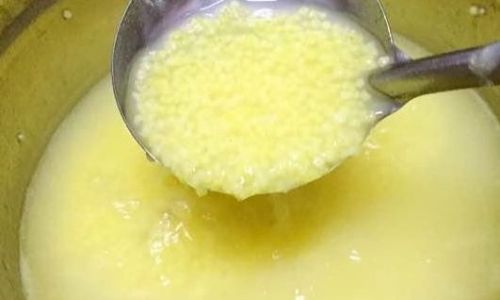
- Grain Age: Fresher millet cooks faster than aged grains, which may require an extra 2–3 minutes to soften.
- Altitude: At high elevations, lower boiling points necessitate longer cooking. Add 5 minutes per 1,000 feet above sea level.
- Desired Consistency: For a broth-like porridge, reduce cooking time by 3–5 minutes. For a spoon-standing consistency, extend by 5 minutes.
- Add-Ins: Ingredients like grated vegetables, chopped nuts, or frozen berries added mid-cooking can increase liquid absorption, requiring slight adjustments to time or liquid ratios.
Troubleshooting Common Issues
Even seasoned cooks encounter hiccups. Here’s how to address them:
- Porridge Too Thin: Simmer uncovered for 5–10 minutes to evaporate excess liquid.
- Porridge Too Thick: Stir in 1–2 tablespoons of hot liquid (water, milk, or broth) until desired consistency is reached.
- Uneven Cooking: Ensure the heat is evenly distributed and stir occasionally to prevent hotspots.
- Burnt Bottom: Use a heavy-bottomed pot and stir more frequently, especially in the final minutes.
Enhancing Flavor and Nutrition
While cooking time dictates texture, flavor customization is where millet porridge truly shines. Experiment with these additions:
- Sweet Variations: Stir in honey, cinnamon, and diced apples during the last 5 minutes of cooking.
- Savory Twists: Incorporate miso paste, turmeric, and sautéed mushrooms for an umami-rich bowl.
- Protein Boost: Add a splash of coconut milk and a handful of lentils during cooking for a complete meal.
Each addition may slightly alter cooking dynamics, so adjust liquid ratios and stirring frequency accordingly.
Cultural Perspectives on Millet Porridge
Millet’s adaptability is reflected in global culinary traditions. In China, xiaomi zhou (小米粥) is prized for its soothing properties, often cooked with goji berries and served to convalescents. In Ethiopia, genfo—a thick millet porridge—is a breakfast staple, enriched with spiced butter. In Russia, grechka (buckwheat porridge) shares similarities with millet dishes, highlighting the grain’s cross-cultural appeal.
Regardless of origin, the principle of balancing cooking time with desired texture remains universal. A Russian cook might simmer millet for 30 minutes to achieve a dense, spoonable consistency, while an Ethiopian chef might prefer a 20-minute cook for a looser genfo.
Advanced Techniques for Perfect Porridge
For those seeking porridge perfection, consider these pro tips:
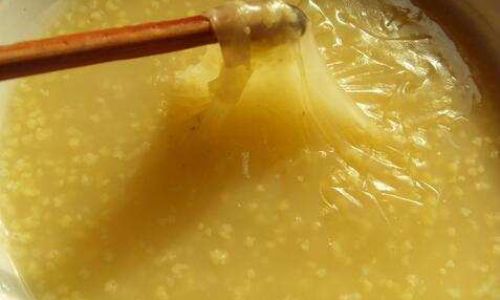
- Pre-Soaking Millet: Soaking grains for 2–4 hours reduces cooking time by 5–7 minutes and enhances digestibility.
- Baking Method: For a hands-off approach, bake millet porridge in a 350°F (175°C) oven for 45–60 minutes. This method yields a crusty top layer beloved by some enthusiasts.
- Fermentation: Soaking millet in yogurt or kefir overnight introduces probiotics and slightly reduces cooking time due to enzymatic activity.
Storing and Reheating Leftovers
Millet porridge keeps well in the refrigerator for up to 5 days. To reheat, add a splash of liquid and warm gently over low heat, stirring frequently to prevent scorching. For frozen portions, thaw overnight and reheat using the same method. Avoid microwave reheating, as it can unevenly cook the porridge and compromise texture.
The Science Behind Starch Gelatinization
Understanding the chemistry of starch gelatinization—the process by which heat breaks down starch molecules into a gel-like consistency—sheds light on cooking time’s role. Millet contains both amylose and amylopectin starches. Amylose, a linear molecule, contributes to porridge’s ability to thicken, while branched amylopectin enhances creaminess.
Cooking time directly affects the degree of gelatinization:
- Undercooked: Insufficient heat leaves starch molecules intact, resulting in grainy, watery porridge.
- Optimal Cooking: Balanced heat breaks down starch sufficiently for a cohesive, creamy texture.
- Overcooked: Prolonged heat degrades starch molecules, leading to a gluey, sticky porridge.
Aim for the 18–22 minute mark on the stovetop to strike this balance.
Environmental and Economic Considerations
Beyond culinary excellence, cooking time impacts sustainability. Shorter cooking times reduce energy consumption, aligning with eco-conscious practices. For example, using a pressure cooker cuts cooking time by up to 50% compared to stovetop methods, lowering carbon footprints.
Economically, mastering cooking time prevents waste. Overcooked porridge often ends up discarded, while perfectly cooked batches can be repurposed into fritters, pancakes, or stuffing.
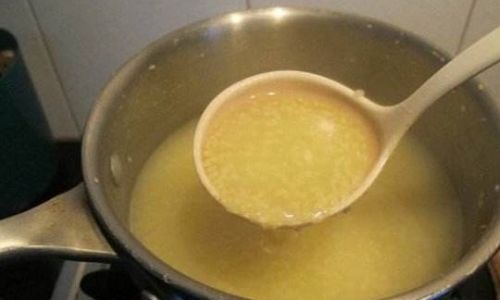
Conclusion: The Alchemy of Time and Texture
Cooking millet porridge is an exercise in precision and intuition. While guidelines provide a roadmap, the perfect bowl ultimately hinges on your taste and tools. Experiment with cooking times, embrace the grain’s adaptability, and savor the satisfaction of a dish that bridges tradition and innovation. Whether you prefer a brisk 15-minute stovetop porridge or the leisurely charm of a slow-cooked batch, the key lies in understanding how time transforms simple ingredients into a canvas of flavor and nourishment.
So, the next time you ask, “How long should I cook millet porridge?” remember that the answer is as varied as the grain itself—a testament to the beauty of culinary exploration.



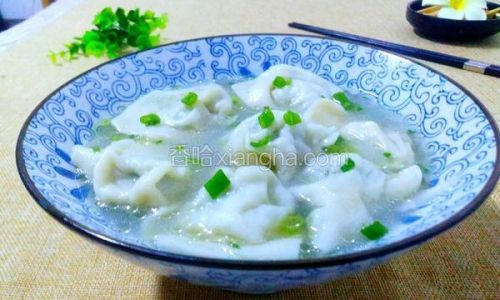
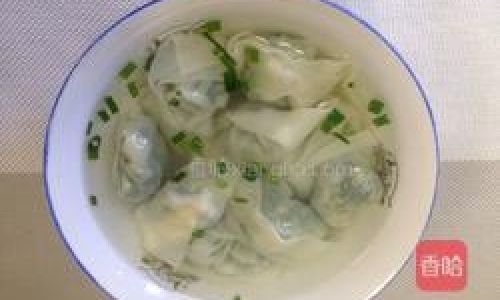
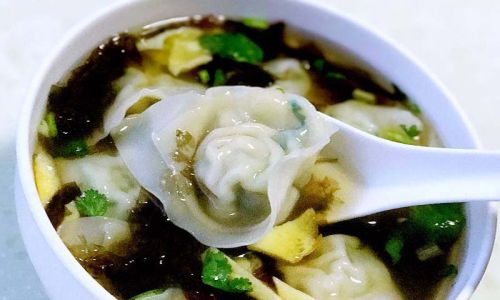
0 comments